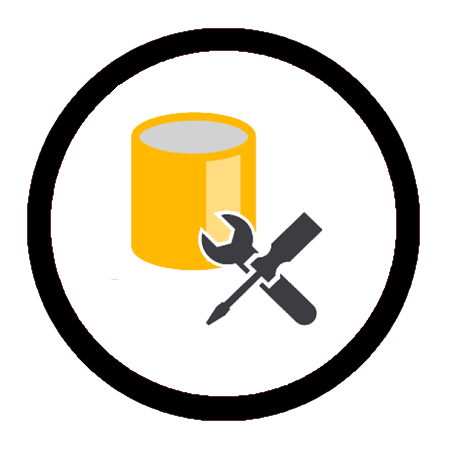Category: AWS
AWS Amazon Web Services Blog Archives, by Peter Whyte (Database Administrator). Includes IAM, Redshift, RDS, EC2, Cloudformation & more.
-
How to Set Environment Variables in PowerShell
Environment variables store key information on your system that programs can use to influence their behavior. For example, the AWS CLI uses the AWS_REGION variable to determine the region for API requests. This guide will cover:– Listing all environment variables– Retrieving the value of a specific environment variable–…
-
How to Manage S3 Buckets with AWS CLI
This is a post on how to help manage S3 Buckets with AWS CLI, and to help explain some local Operating System (OS) considerations when running such commands. First of all, you will need to be authenticated to your AWS Account and have AWS CLI installed. I cover…
-
How to Install & Configure AWS CLI on Ubuntu
This guide will walk you through the steps to install and configure AWS CLI version 1 on Ubuntu (20.04). Topics Covered: 1. Updating Local Packages2. Installing AWS CLI on Ubuntu3. Checking Installed AWS CLI Version4. Configuring AWS Profile5. Running AWS CLI Commands 1. Updating Local Packages To start,…
-
How to Install and Configure AWS CLI on Windows
This post is a how-to for installing & configuring AWS CLI (Version 2) on Windows. In this guide, we’re going to download the AWS Command Line Interface installation media and run through the simple installation. Once done we’ll configure AWS CLI, which you’ll need an AWS Account to…
-
AWS CLI: List IAM Users
Managing AWS IAM users is essential for maintaining control and security in your cloud environment. The AWS CLI provides a simple command to list all users in your AWS account. Basic Command The aws iam list-users command returns details about all IAM users, such as user names, ARNs,…
Recent Posts
- How to Open PowerShell as Administrator
- How to Filter Objects in SSMS
- The Evolution of Microsoft SQL Server
- SQL Server Script: Enable or Disable All SQL Agent Jobs
- Database cannot be opened, it is in the middle of a Restore
Categories
– AWS
– DBA Stories
– Linux
– MySQL
– Other
– Postgres
– PowerShell
– Redshift
– SQL Server
– Windows Server
Tags
Always On Availability Groups (AAG) (4) Certificates & Encryption (3) Change Data Capture (CDC) (2) Database Admin (76) Database Backups & Recovery (14) Database Mirroring (2) Deleting Data (1) Error Messages (5) Git Commands (5) Importing & Exporting Data (2) Linked Servers (3) Linux Admin (2) Logging & Monitoring (1) Measuring Databases (10) Microsoft Patching (2) PowerShell Scripts (1) SQL Server Agent (5) SQL Server Database Files (1) SQL Server Data Types (2) SQL Server Management Studio (SSMS) (15) SQL Server Network Connectivity (3) SQL Server on Linux (1) SQL Server Patching (2) SQL Server Performance (5) SQL Server Permissions (2) SQL Server Processes (5) SQL Server Replication (2) SQL Server Scripts (13) Windows Admin (21) Windows Authentication (2) Windows Automation (1) Windows Events (2) Windows Firewall (4) Windows Subsystem for Linux (WSL) (19)
